In the ever-evolving world of digital marketing, staying ahead of the competition is crucial. Marketers are constantly seeking innovative ways to enhance their campaigns and achieve better results. One of the most effective methods in their arsenal is A/B testing. In this article, we'll dive deep into the world of AB testing, exploring what it is, how it works, and why it's indispensable for optimizing campaigns and achieving stellar outcomes.
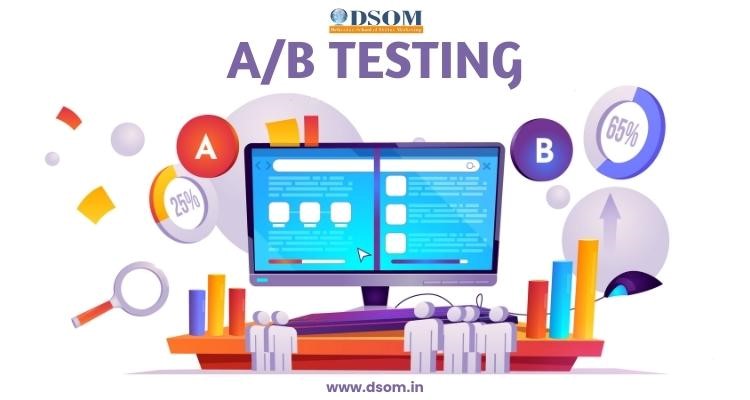
Introduction to AB Testing
A/B testing, also known as split testing, is a method that digital marketers use to compare two or more versions of a webpage, email, or other digital assets to determine which one performs better. It's a powerful tool that allows marketers to make data-driven decisions, ultimately leading to enhanced user experiences and increased conversion rates.
Understanding the Basics
- What is A/B Testing?
At its core, AB testing involves creating two or more variations of a digital element, such as a website's landing page or an email marketing campaign. These variations are randomly presented to users, and their interactions are measured and analyzed. By comparing how each variation performs, marketers can identify which one is more effective in achieving their specific goals.
- The Importance of A/B Testing
AB testing is essential because it eliminates the guesswork. Rather than relying on intuition or assumptions, marketers can rely on concrete data to make informed decisions. This method ensures that changes made to a campaign are backed by evidence, increasing the likelihood of success.
- Setting Clear Objectives
Before diving into AB testing, it's crucial to define clear objectives. What do you want to achieve with your campaign? Whether it's increasing click-through rates, boosting sales, or improving user engagement, having specific goals will guide your testing efforts.
Creating Variations
- A/B Testing Variables
In AB testing, you can experiment with various elements, including headlines, images, call-to-action buttons, and even color schemes. These variables can significantly impact user behavior, making it important to test them rigorously.
2. Split Testing
Split testing, a subset of AB testing, involves dividing your audience into two or more groups and exposing them to different versions simultaneously. This approach allows for a direct comparison of how changes affect user interactions.

Implementing AB Tests
AB testing can be applied to various digital marketing channels. Let's explore two common applications:
- Landing Page Testing
Your website's landing page is often the first point of contact with potential customers. AB testing can help optimize it for better conversion rates. By tweaking elements like the headline, layout, or form fields, you can see which version resonates most with your audience.
- Email Campaign Testing
Email marketing is a powerful tool, but it requires precision. AB testing can help refine your email campaigns by testing different subject lines, content formats, or sending times.

Collecting Data
- Metrics to Consider
When conducting AB tests, you'll need to track specific metrics. These may include click-through rates, conversion rates, bounce rates, and revenue generated. Choosing the right metrics aligns with your campaign objectives.
- Tools for Data Collection
Several tools and platforms are available for AB testing. Popular choices include Google Optimize, Optimizely, and VWO (Visual Website Optimizer). These tools simplify the process of creating and managing experiments.
- Analyzing Results
Once you've collected sufficient data, it's time to analyze the results. Look for patterns and variations in user behavior. Are there statistically significant differences between the variations?
- Interpreting Statistical Significance
Understanding statistical significance is crucial in AB testing. P-values and confidence intervals play a significant role in determining whether the observed differences are meaningful or simply due to chance.
- Optimizing Based on Findings
AB testing is an iterative process. Once you've identified the winning variation, implement the changes, and continue testing to further optimize your campaign. Continuous improvement is key to long-term success.
- Case Studies: AB Testing Success Stories
Real-world examples can illustrate the power of AB testing. We'll explore case studies of companies that have achieved remarkable results through well-executed AB tests.
- Common A/B Testing Pitfalls
While A/B testing offers tremendous benefits, there are common pitfalls to avoid. We'll discuss some of the most prevalent mistakes marketers make and how to steer clear of them.
A/B Testing Best Practices
To maximize the effectiveness of your A/B tests, follow best practices. These guidelines encompass everything from experiment duration to sample size, ensuring your tests yield reliable results.
Ethical Considerations
As with any data-driven approach, ethics are paramount. We'll delve into the ethical considerations surrounding A/B testing, ensuring that your testing practices align with industry standards and user privacy.
The Future of A/B Testing
As technology and consumer behavior continue to evolve, so will A/B testing. We'll speculate on the future of this practice and how it will adapt to meet the needs of the ever-changing digital landscape.
Conclusion
In conclusion, A/B testing is a fundamental tool in the marketer's toolkit. It empowers businesses to make data-driven decisions, optimize campaigns, and achieve better results. By embracing A/B testing and adhering to best practices, you can stay ahead of the competition and thrive in the dynamic world of digital marketing.

FAQs
Q1. What is the difference between A/B testing and multivariate testing?
A1. A/B testing compares two versions of a single variable, while multivariate testing examines multiple variables simultaneously.
Q2. How long should I run an A/B test to get reliable results?
A2. The duration of an A/B test depends on factors like traffic volume and the magnitude of expected changes. Typically, tests run for at least one to two weeks.
Q3. Can A/B testing be applied to mobile apps?
A3. Yes, A/B testing can be applied to mobile apps to optimize user experiences, onboarding flows, and in-app messaging.
Q4. Are there any industries where A/B testing is particularly effective?
A4. A/B testing can be beneficial in various industries, including e-commerce, SaaS, and content publishing, among others.
Q5. Is A/B testing suitable for small businesses with limited resources?
A5. Yes
 How to Turn Your Photos into Ghibli-Style Art with ChatGPT for Free
How to Turn Your Photos into Ghibli-Style Art with ChatGPT for Free Top 10 AI Tools for Plagiarism-Free Content Writing: Boost Your SEO & Digital Marketing Efforts
Top 10 AI Tools for Plagiarism-Free Content Writing: Boost Your SEO & Digital Marketing Efforts The Rise of Graphic Designing in 2025: A Career Guide.
The Rise of Graphic Designing in 2025: A Career Guide. The Rise of Video Editing: A Crucial Skill in 2025
The Rise of Video Editing: A Crucial Skill in 2025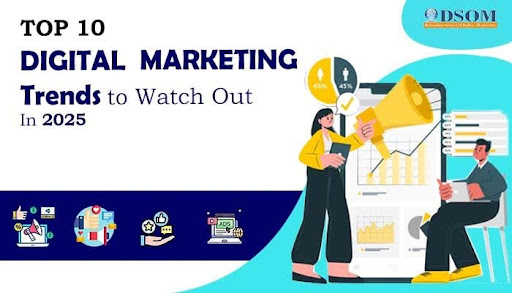 Top 10 Digital Marketing trends in 2025
Top 10 Digital Marketing trends in 2025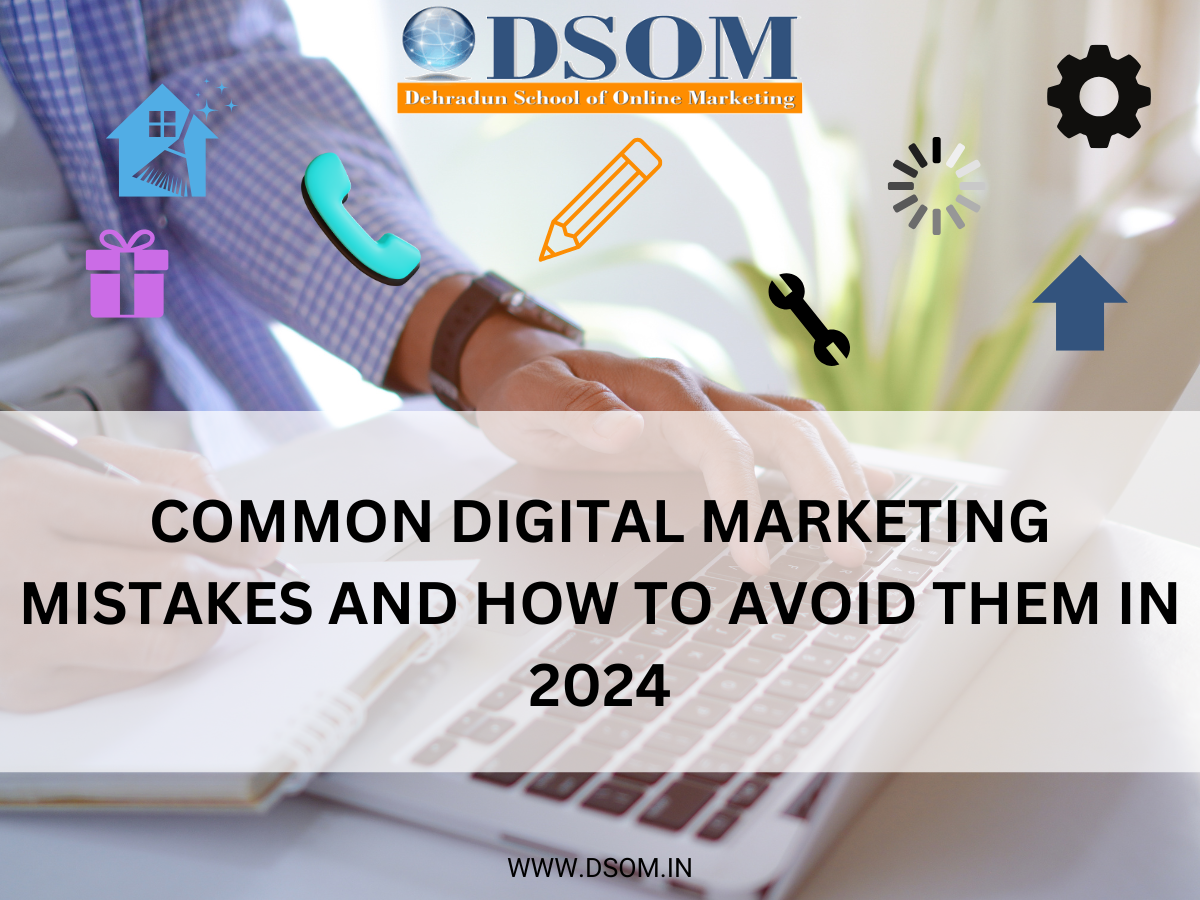 Common Mistakes in Digital Marketing and How to Avoid Them 2025
Common Mistakes in Digital Marketing and How to Avoid Them 2025 The Future of Digital Advertising: What You Need to Know
The Future of Digital Advertising: What You Need to Know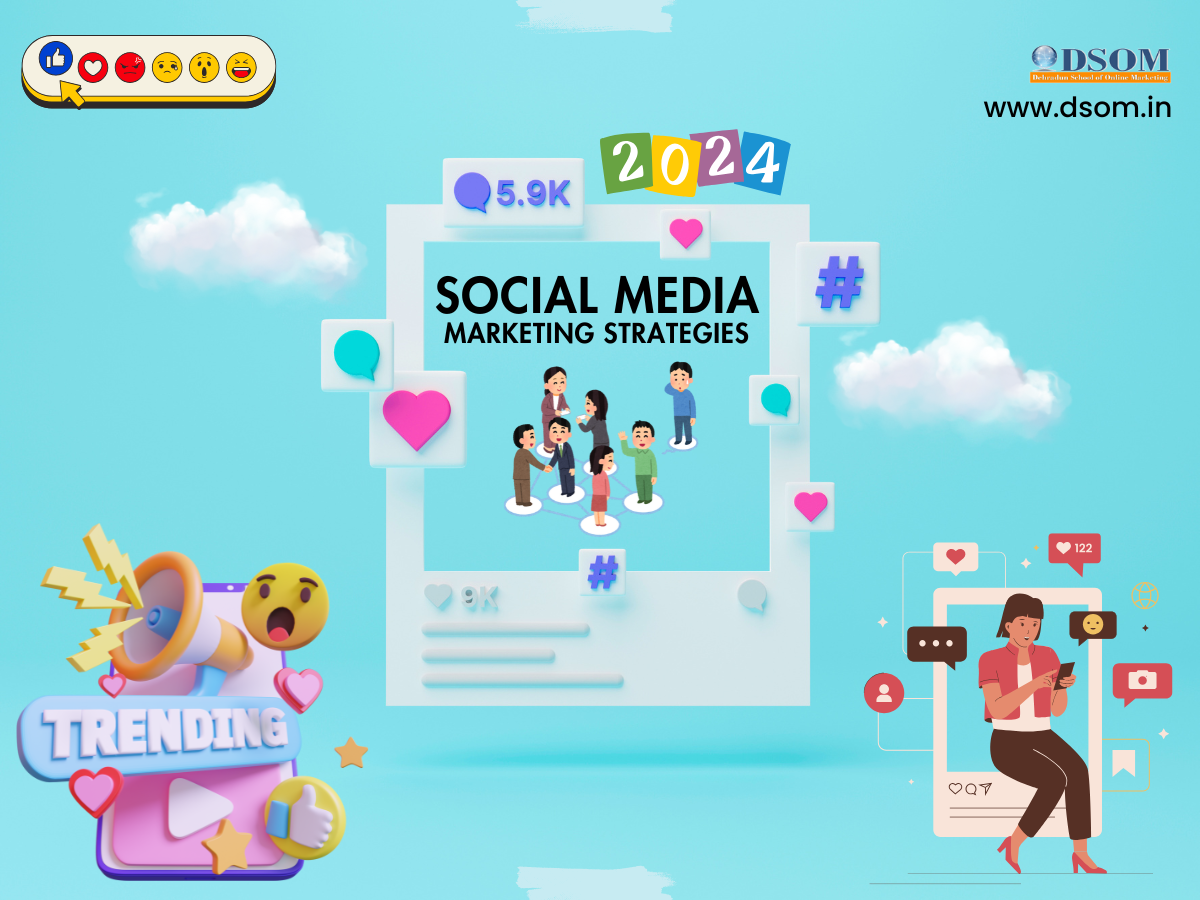 Social Media Marketing in 2024: Strategies for Maximum Engagement
Social Media Marketing in 2024: Strategies for Maximum Engagement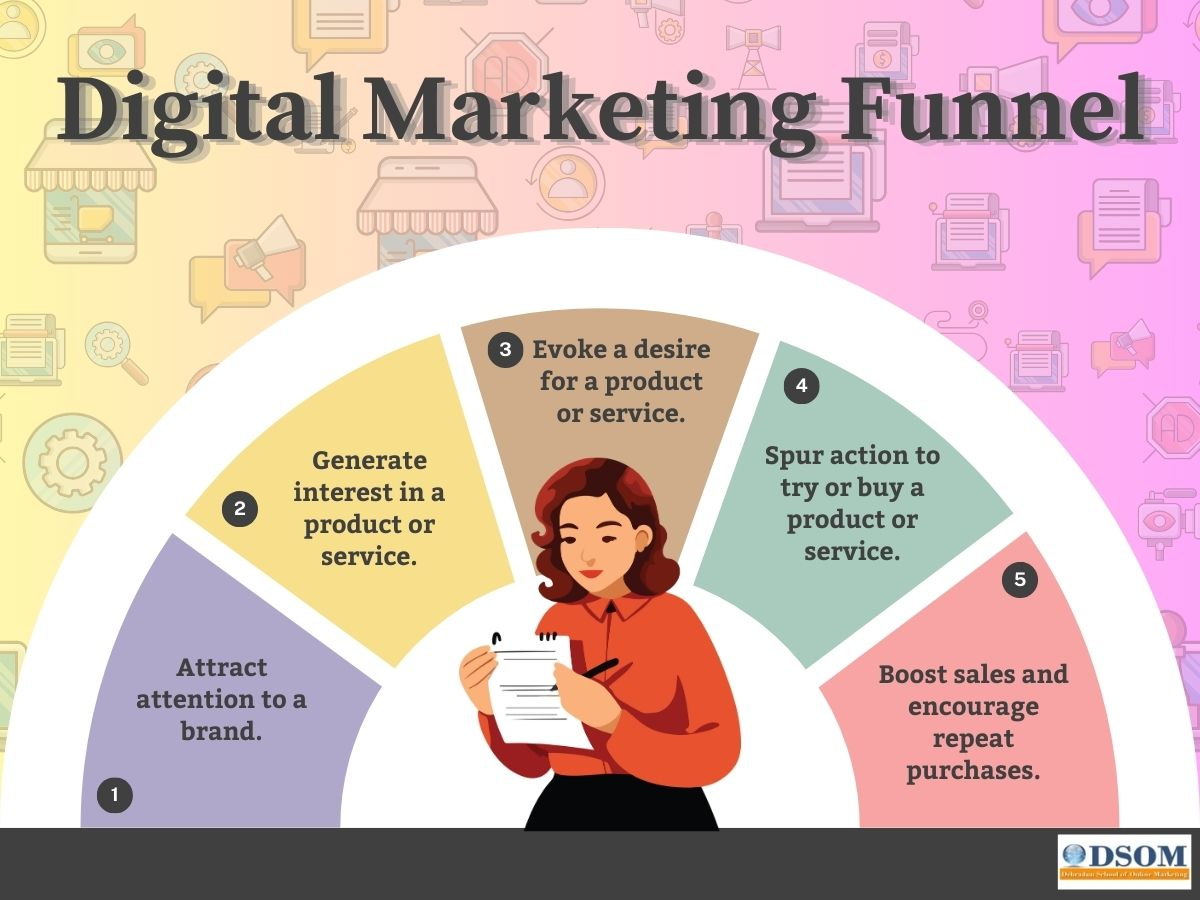 Building a Successful Digital Marketing Funnel: A Step-by-Step Guide
Building a Successful Digital Marketing Funnel: A Step-by-Step Guide 5 ways to make money from home using AI (Artificial-Intelligence) in 2024
5 ways to make money from home using AI (Artificial-Intelligence) in 2024